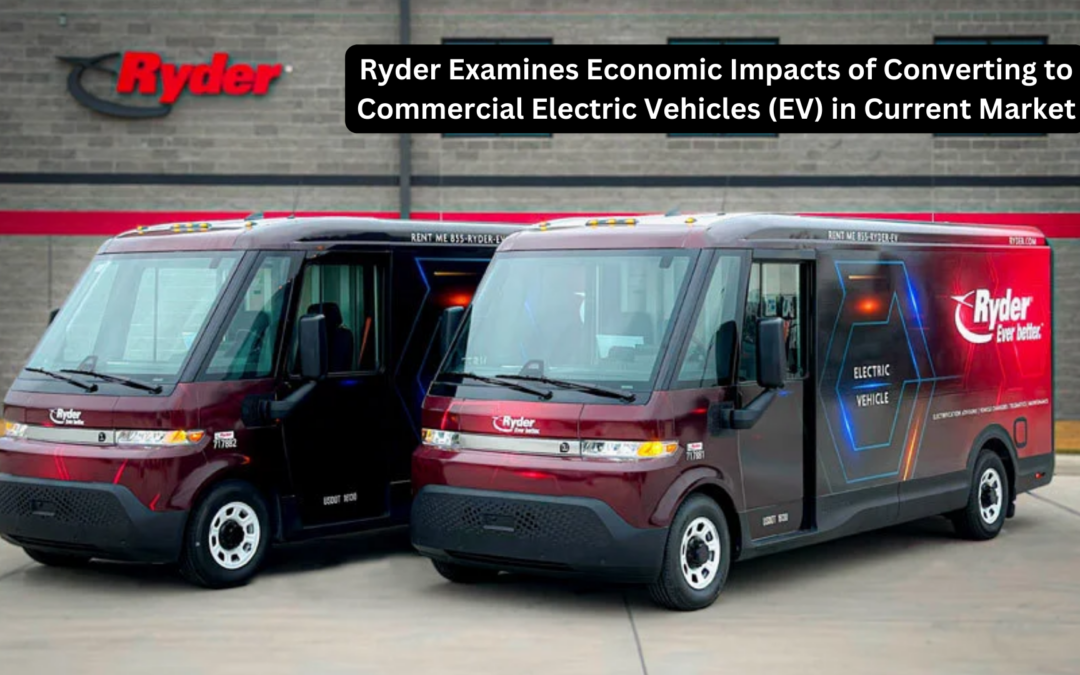
by Nikki Cabus | May 9, 2024 | Blog
Ryder System, Inc. (NYSE: R), a leader in supply chain, dedicated transportation, and fleet management solutions, releases a quantitative analysis of the potential economic impacts of converting commercial diesel vehicles to electric vehicles (EV) in today’s market....
by Jeff Kurzner | Jul 11, 2023 | Blog
Ryder System, Inc. (NYSE: R) recently unveiled RyderElectric+TM as its new turnkey electric vehicle (EV) fleet solution. The new offering is the ultimate turnkey fleet solution that navigates the EV landscape for customers and provides electrification advisors,...


